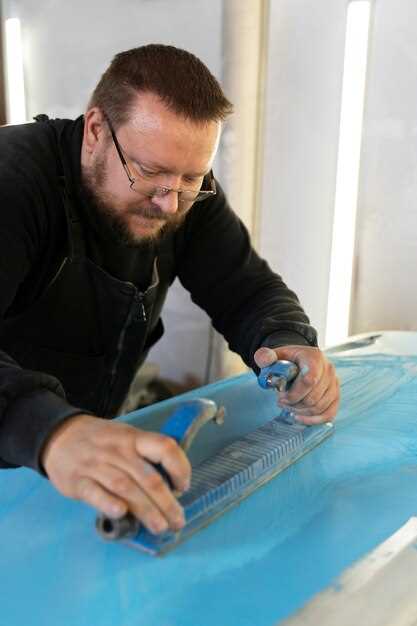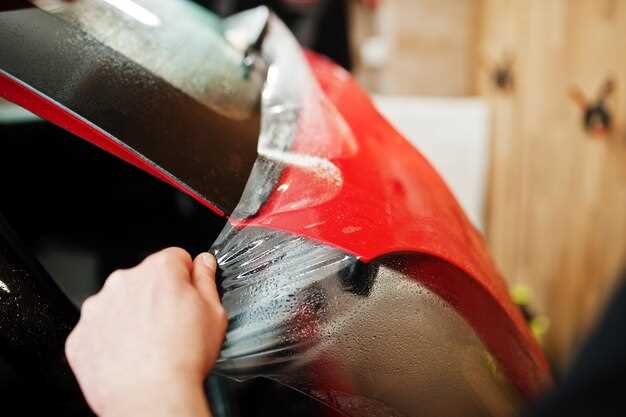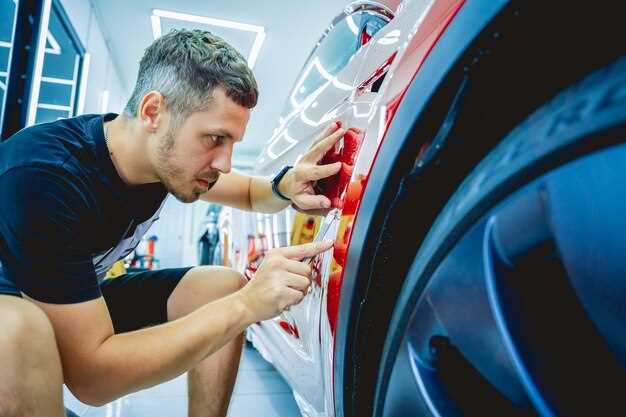
In the world of automotive customization, car wraps and custom paint techniques have emerged as popular choices for enthusiasts looking to express their individuality. These innovative methods offer a myriad of possibilities to transform a vehicle’s appearance, showcasing an array of vibrant colors and finishes that traditional paint cannot achieve.
Car wraps provide a versatile alternative to paint, allowing for intricate designs and patterns that can be easily applied and removed. The use of high-quality vinyl wraps not only protects the original paint but also enables car owners to experiment with their vehicle’s aesthetic without the long-term commitment associated with custom paint jobs. With endless color options and textures available, wraps can cater to any stylistic preference, whether it be a matte finish, glossy shine, or even a metallic effect.
On the other hand, custom paint techniques open up new avenues for artistic expression. From airbrushing to vinyl graphics, these methods allow for greater detail and creativity. Professional painters can blend colors seamlessly, creating stunning visual effects that can transform an ordinary car into a true work of art. As the automotive customization market continues to grow, both wraps and paint techniques remain at the forefront of innovation, allowing car owners to showcase their unique identity on the road.
Choosing the Right Car Wrap Material for Your Project
Selecting the appropriate car wrap material is crucial for achieving the desired look and longevity of your project. Different materials offer varying levels of durability, finish, and ease of application. Understanding these factors will help you make an informed choice.
Vinyl is the most common material used for car wraps. It comes in various thicknesses and can offer different finishes, such as matte, gloss, or metallic. For projects that require vibrant color, high-quality cast vinyl is recommended, as it maintains its hue and texture better over time compared to cheaper options.
Another key factor to consider is the adhesive quality of the wrap material. High-performance adhesives ensure that the wrap adheres properly to the vehicle’s surface, reducing the risk of peeling or bubbling. Look for materials that are specifically formulated for automotive use to ensure they withstand the elements.
Additionally, consider the wrap’s flexibility. A more flexible material can conform better to the curves and contours of your vehicle, allowing for a seamless appearance. This is particularly important for complex designs or when wrapping around edges and corners.
When choosing color, keep in mind that certain finishes like matte or satin can change the appearance of the color under different lighting conditions. Test swatches in various lights to ensure you achieve your vision. Always prioritize the compatibility of the wrap material with your project goals, whether that includes a bold color transformation or a subtle enhancement.
Lastly, also factor in the installation process. Some materials are easier to work with than others, especially for DIY projects. If you’re planning on wrapping the car yourself, consider a beginner-friendly vinyl that is forgiving during the application process.
Step-by-Step Guide to Applying a Car Wrap

Applying a car wrap involves meticulous preparation and technique to achieve a professional finish. Follow these steps to ensure a successful installation.
Step 1: Gather Your Materials
Before starting, collect all necessary tools: a squeegee, utility knife, heat gun, measuring tape, application fluid, and, of course, the car wrap material. Ensure that the wrap is compatible with your vehicle.
Step 2: Clean the Vehicle
Thoroughly wash the car to remove dirt, wax, and contaminants. Use a degreaser to clean surfaces and ensure they are completely dry before proceeding. A clean surface ensures better adhesion of the wraps.
Step 3: Measure and Cut the Wrap
Carefully measure sections of the vehicle where the wraps will be applied. Use these measurements to cut the wrap material, leaving extra length for adjustments. Proper sizing helps avoid overlaps and ensures a seamless look.
Step 4: Position the Wrap
Align the wrap on the car’s surface without removing the backing. Ensure the design matches your layout. This initial positioning allows you to visualize how the final product will appear before permanent application.
Step 5: Apply the Wrap
Begin by peeling back a section of the wrap’s backing. Position that section onto the vehicle and use the squeegee to smooth it down, pushing air bubbles towards the edges. Gradually peel more backing and continue applying pressure with the squeegee, ensuring a tight fit.
Step 6: Heat and Stretch
If you encounter curves or uneven surfaces, use a heat gun to gently warm the wrap. This will allow the material to stretch and conform more easily to the vehicle’s contours. Be cautious not to overheat, as this can warp the wrap.
Step 7: Trim Excess Material
Once the wrap is securely applied, use a utility knife to trim the excess material along the edges. This step requires precision to achieve clean lines that enhance the overall appearance of the car wraps.
Step 8: Final Inspection
After trimming, inspect the entire wrap for any air bubbles or imperfections. Use the squeegee to press out any remaining air and ensure that edges are firmly adhered. A final check guarantees a flawless finish.
Step 9: Cure the Wrap
Allow the wrap to cure according to the manufacturer’s recommendations. This process can take up to 24 hours and is crucial for ensuring the longevity of the wraps and preventing premature peeling.
By following these steps, you can effectively apply a car wrap that transforms the look of your vehicle while protecting its original finish. Proper installation is key to enjoying the benefits of custom vehicle wraps.
Exploring Color Theory for Custom Paint Jobs

Color theory plays a crucial role in the world of custom car paint jobs and wraps. Understanding how colors interact can elevate a simple vehicle transformation into an artistic statement. By applying principles of color theory, professionals can create stunning designs that not only convey personal style but also evoke specific emotions.
The color wheel is fundamental in this exploration. It illustrates the relationships between primary, secondary, and tertiary colors. Primary colors, such as red, blue, and yellow, serve as the foundation for creating diverse shades. Secondary colors are formed by mixing equal parts of two primary colors, while tertiary colors are created by combining a primary color with a secondary one. Knowing how to manipulate these colors allows for the creation of captivating car wraps.
Complementary colors–opposite each other on the color wheel–generate high contrast and can make a vehicle stand out on the road. For instance, pairing a vibrant orange wrap with a deep blue accent can produce a striking visual appeal. On the other hand, analogous colors, which are adjacent on the wheel, provide a more harmonious feel. A combination of green, blue, and teal may create a soothing and elegant car design.
Additionally, understanding the impact of warm and cool colors can significantly influence the perception of a custom paint job. Warm colors, such as reds and yellows, often evoke feelings of energy and excitement, making them ideal for sportier vehicles. In contrast, cool colors like blue and green can convey calmness and sophistication, suitable for luxury cars.
When creating a car wrap or selecting a paint job, it’s essential to consider the owner’s personality and the intended message. A bold design may resonate with someone who seeks attention, while a subtle and sleek appearance may appeal to someone valuing understated elegance. By integrating color theory into the design process, custom paint jobs can truly reflect individuality.
Ultimately, mastering color theory empowers artists and designers to transform vehicles into eye-catching pieces of art. By carefully selecting and combining colors, a custom paint job or wrap can enhance the overall aesthetic and make a lasting impression on viewers.





